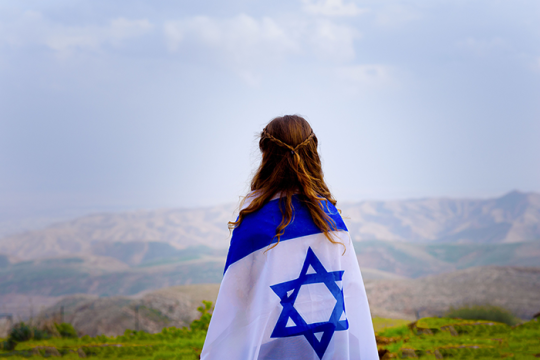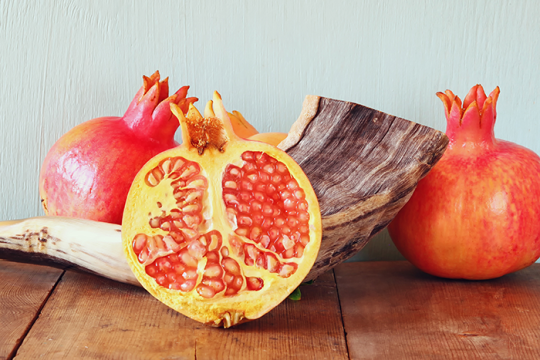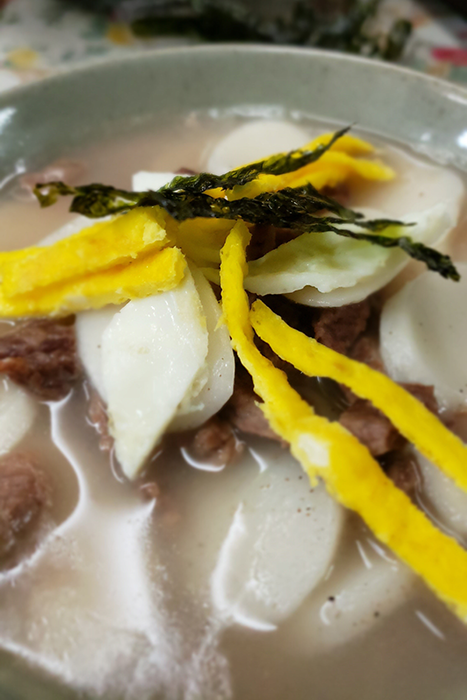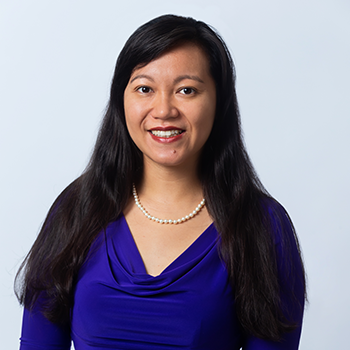Last year, I spent Seollal, or Korean New Year, with my family in Busan. We made and ate traditional foods like japchae (잡채, a delicious Korean buckwheat noodle dish with sauteed vegetables), tteokguk (떡국, a soup with beef and sliced rice cakes), and jeon (전, fried pancakes made of sliced fish, meat, or vegetables). My family also taught me about charye (차례), the elaborate traditional ritual of offering food and drink to our ancestors on Seollal. The foods - japchae, tteokguk, jeon, rice, rice cakes, apples, Korean pears, and others - are placed on special stands and arranged in a special order on the large rectangular table. The table also holds candles and incense, and sometimes pictures of the deceased. A smaller table sits in front of the large one, holding a small vessel for alcohol and a small goblet filled with dry white rice. Perhaps most important, the large table holds shinwi (신위), the centerpiece of the charye ceremony because it represents the spiritual presence of our ancestors.
Carefully instructed by my aunt, I knelt as wine was poured and, with both hands holding the cup, I carefully moved the cup in a circular motion before setting it down, presenting the offering to my ancestors. Then I bowed, forehead touching the floor.
I cherish this memory. The symbolism, the spirituality, and the elaborate order of charye remind me of Jewish holidays and rituals: the apples and honey of Rosh Hashanah represent a sweet new year and the round rice cakes in tteokguk for Seollal symbolize prosperity for the new year. The presentation of wine to my ancestors there in spirit reminded me of Elijah at the Passover seder. The careful order of the rituals themselves: Seollal charye and the Passover seder each have a proper order and format. Even the placement of certain objects for each ritual: foods for charye are placed according to certain rules, just as the labeled seder plate holds important holiday objects.
Even before I began working at the RAC, I thought about how Korean culture and Jewish culture are similar to each other. Here are some of the most interesting similarities below:
- Fall festival holidays: Chuseok and Sukkot. Both the Korean calendar and the Jewish calendar run on the lunar cycle. Sukkot is the 8-day (7-day in Israel) Jewish fall festival holiday celebrating the harvest and the Eternal's protection of the Israelites after they fled Egypt. Chuseok is the Korean fall festival holiday where Koreans return to their hometowns, prepare and participate in charye, give gifts, and play games and eat together. In some years, Chuseok and Sukkot fall on the same day.
- The age and preservation of Korean and Jewish cultures. Both cultures have been around for thousands of years. Each experienced historic hardships to preserve their own unique cultures. Over the centuries, Korea contended with Chinese influence, Japanese annexation, and Mongol invasion. Since the diaspora, Jews faced similar struggles maintaining a unique identity and religious and cultural practices in places outside of Israel. Both cultures also experienced serious cultural destruction in the twentieth century: during the Japanese occupation of Korea from 1910 to 1945, the Japanese attempted to erase Korean language, history, and culture, and European Jewish culture was almost completely erased by the Holocaust.
- Representation of the "m" sound. In both Korean and Hebrew, the letter that represents the sound "m" resembles a square. Mieum (ㅁ) is the name of the m-sound in Korean; mem (מ ,ם) is the name of the m-sound in Hebrew.
- The importance of children and their life cycle events. The Korean dol (돐) or doljanchi (돐잔치) and the Jewish b'nai mitzvha (bar/bat mitzvah) celebrate a child and their position in their family and community. Dol is the traditional Korean first birthday celebration, celebrating both the survival of the child as well as introducing the child to their extended family and community (infant mortality in Korea used to be very high). For dol, the child wears a hanbok (traditional Korean clothing) and takes part in doljabi (돌잡이). Symbolic items are placed before the child, who is encouraged to choose an item, which indicates her future. Classic items include the pencil for writing, money for wealth, and thread for longevity. Compare this with the Jewish coming-of-age b'nai mitzvah (bar/bat mitzvah): at the age of thirteen, a Jewish child reads a passage from the Torah, offers their own commentary on the Torah portion, and is recognized as a Jewish adult in front of their family and in the eyes of their Jewish community.
- Cultural emphasis on knowledge and dedicated holidays to particularly precious knowledge. The Jews have the Torah and the multiple millennias' worth of commentaries, and the Jewish holiday of Shavuot celebrates the Jews receiving the Torah. In 1443 or 1444, King Sejong the Great invented Hangul (한글), the Korean alphabet. At the time, upper-class Koreans used Chinese characters, but this required study and time, which meant that lower-class Koreans were illiterate. King Sejong invented the phonetic alphabet of Hangul to promote literacy among all Koreans. Hangul is still used today in Korea, and every October 9 is Hangul Day. Academic achievement is held in high regard by both cultures.
- A special phrase to express shock or surprise. The phrase "Oy vey!" has become part of the American lexicon, used to convey shock, surprise, or dismay. Koreans use the phrase "Ai go!" (아이고, translated as "oh my" or "oh my god") to convey similar feelings of shock or surprise. Note that oy vey is used when something bad has happened. Ai go is often used when something bad happens, but not exclusively.
2022 marked the year of the Water Tiger. The third animal in the Chinese zodiac, the tiger is confident, strong, and ambitious, and well-complimented by the element of water, which represents creativity, sensitivity, and strength. As a Korean Jewish American, I hope that we foster greater interaction and communication between Korean (and larger Asian) and Jewish communities. I hope we nurture and mentor the members of our communities with joint Asian and Jewish heritage.
Happy New Year, or as we say in Korea: sae hae bok man-ee badeuseyo! - 새해 복 많이 받으세요!
Learn more about Seollal and how it's celebrated in South Korea.
Learn more about the Lunar New Year and how it's celebrated in different Asian countries.
Related Posts

18 Tips for Your Coziest Shabbat Yet

How the Pittsburgh Synagogue Shooting and Processing Grief Led Me to Heller High – and Changed My Life



